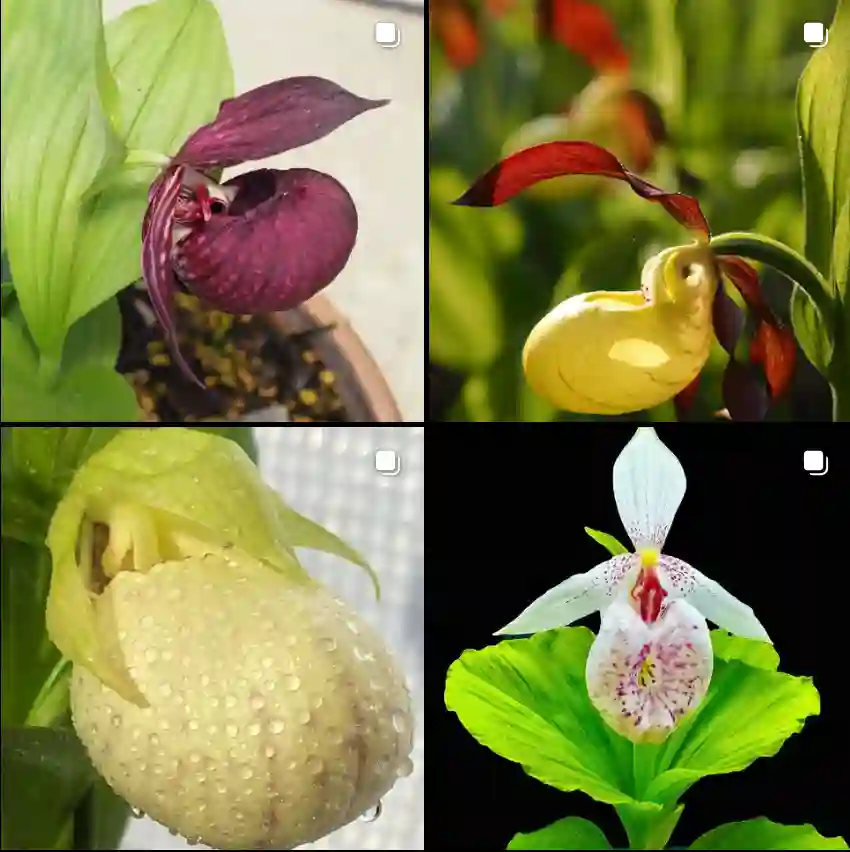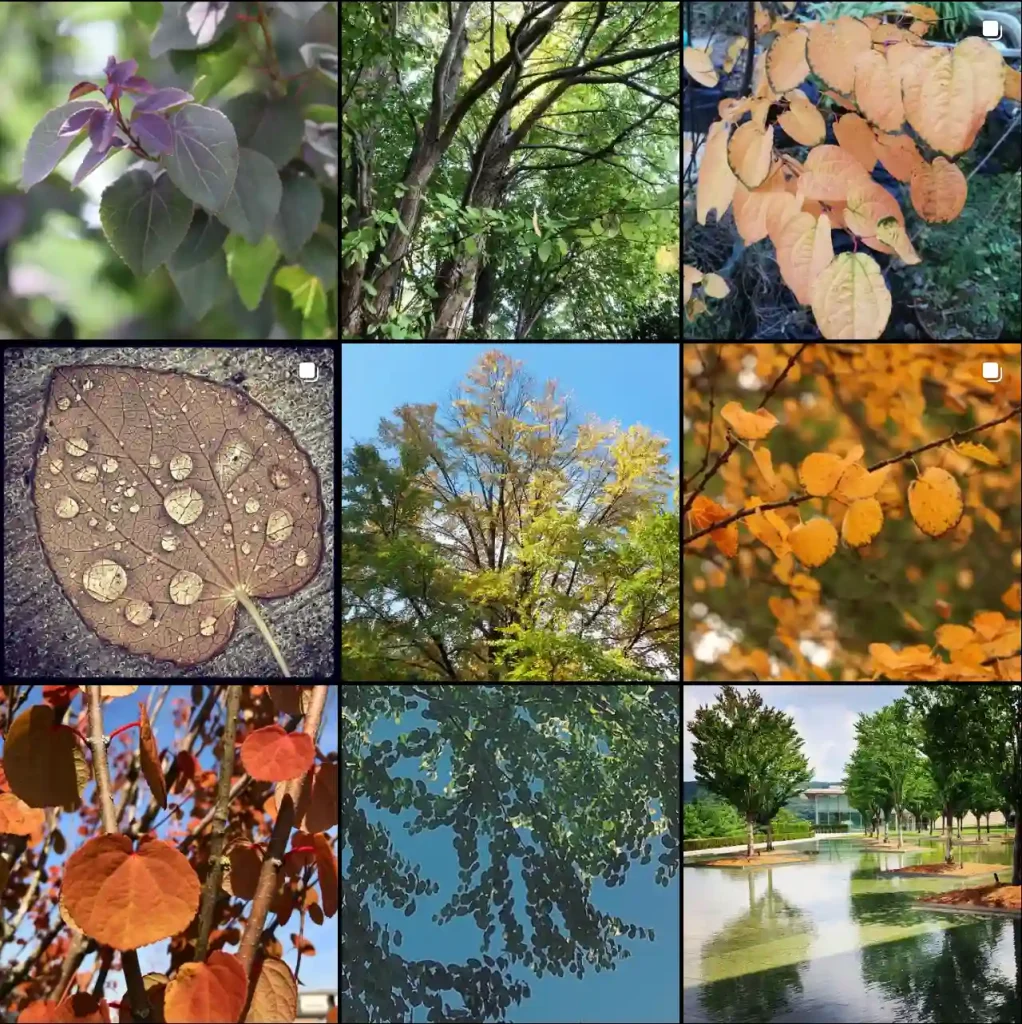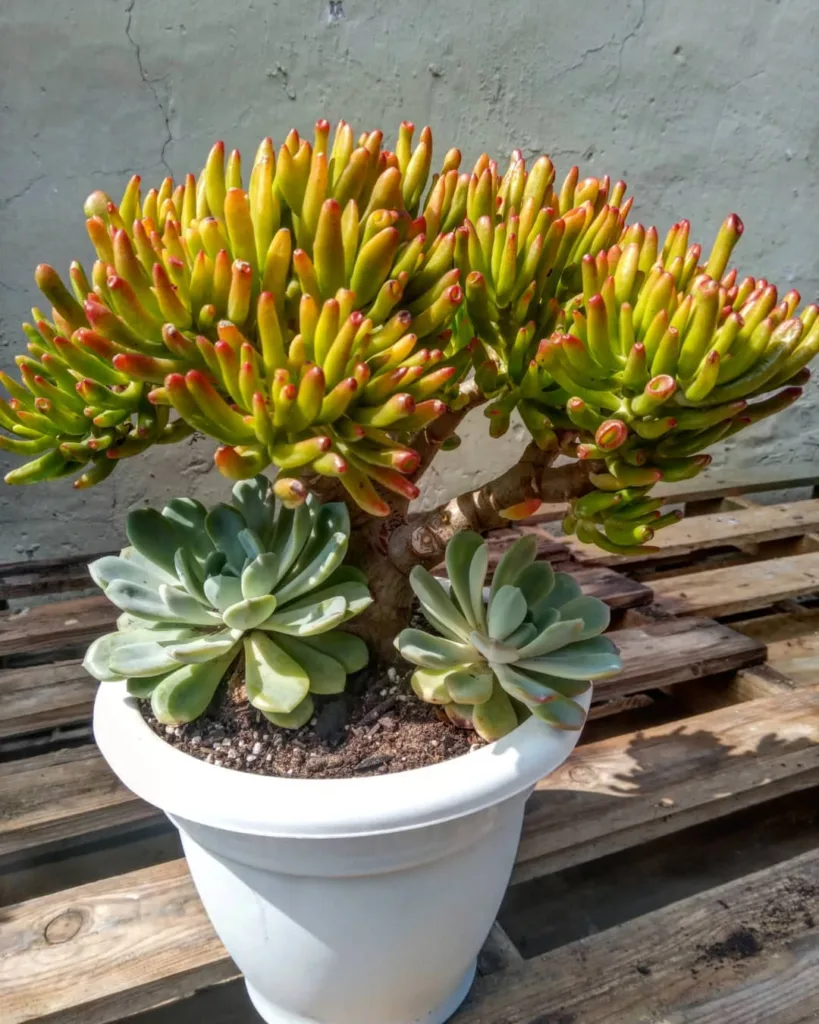Aeonium Tabuliforme: Unveiling the Secrets of the Saucer Plant
Hi there, Ferb Vu here, and today we’re diving into the fascinating world of the Aeonium Tabuliforme, also known as the Saucer Plant. This unique succulent native to Tenerife in the Canary Islands has captured the hearts of plant enthusiasts worldwide with its stunning, flattened rosette form.
If you’re curious about this botanical wonder, you’ve come to the right place. In this FAQ, I’ll address some of the most common questions about the Aeonium Tabuliforme, including its care requirements, propagation methods, and how it compares to other popular succulents.
91 Species in Genus Aeonium
What Makes the Aeonium Tabuliforme Special?
The Aeonium Tabuliforme stands out for its mesmerizing flat rosette. Unlike its upright succulent cousins, this plant grows low to the ground, forming a disc-like structure with hundreds of fleshy, rounded leaves. These leaves have a soft green hue and often boast delicate eyelash-like margins, adding to the plant’s charm.
As the Aeonium Tabuliforme matures, it may even develop a central crest, giving it a whimsical, turtle-like appearance. This unique growth pattern makes it a conversation starter in any plant collection.
Is the Aeonium Tabuliforme Easy to Care For?
Absolutely! The Aeonium Tabuliforme is a succulent dream for beginners. Here’s the lowdown on its needs:
- Light: This plant thrives in bright, indirect sunlight. While some direct sun exposure can be beneficial, too much harsh light can scorch the leaves.
- Water: Remember, succulents store water in their leaves, so overwatering is a big no-no. Water deeply when the soil feels completely dry to the touch, then allow the excess water to drain completely.
- Soil: Aeonium Tabuliforme prefers well-draining soil mixes formulated specifically for cacti and succulents. This allows for proper aeration and prevents root rot.
- Temperature: This Canary Islands native prefers warm climates. Ideally, maintain temperatures between 65°F and 75°F (18°C and 24°C).
How Do I Propagate the Aeonium Tabuliforme?
Propagating your Aeonium Tabuliforme is a rewarding way to expand your collection or share this wonder with friends. Here are two common methods:
- Leaf cuttings: Carefully remove healthy leaves from the main rosette. Allow the callus to form at the base of the leaf for a few days before planting it in a pot with succulent mix.
- Offsets: Mature Aeonium Tabuliforme may produce offsets, or “pups,” at the base. Once these pups develop a few sets of leaves and a small root system, you can gently separate them from the mother plant and pot them individually.
Aeonium Tabuliforme vs. Other Succulents
While the Aeonium Tabuliforme boasts a unique flattened form, there are other succulents that share some similarities. Here’s a quick comparison:
- Echeveria: Both Echeveria and Aeonium Tabuliforme have rosettes, but Echeveria rosettes tend to be more compact and grow upwards. Echeveria also boasts a wider variety of leaf colors and shapes.
- Haworthia: Haworthia, like the Aeonium Tabuliforme, is a low-growing succulent with fleshy leaves. However, Haworthia leaves are typically more pointed and textured, and the rosettes are usually much smaller.
- Living Stones: These fascinating succulents resemble pebbles and share the Aeonium Tabuliforme’s low-growing nature. However, Living Stones typically come in pairs and have specific watering requirements.
Final Thoughts on the Aeonium Tabuliforme
The Aeonium Tabuliforme is a captivating succulent that offers both beauty and ease of care. Its unique form and minimal needs make it a perfect addition to any plant collection. With proper light, watering, and well-draining soil, this Canary Islands native will thrive and bring a touch of the exotic to your home.
So, are you ready to add the Aeonium Tabuliforme to your succulent family? With a little TLC, this captivating plant will reward you with years of enjoyment.
If i die, water my plants!



